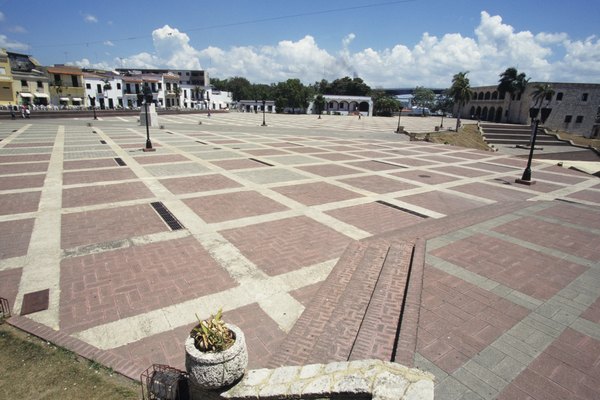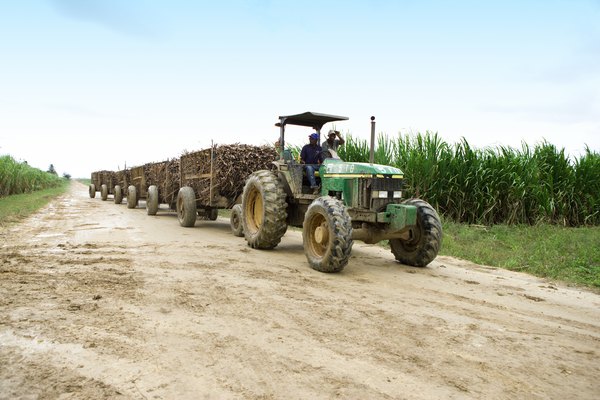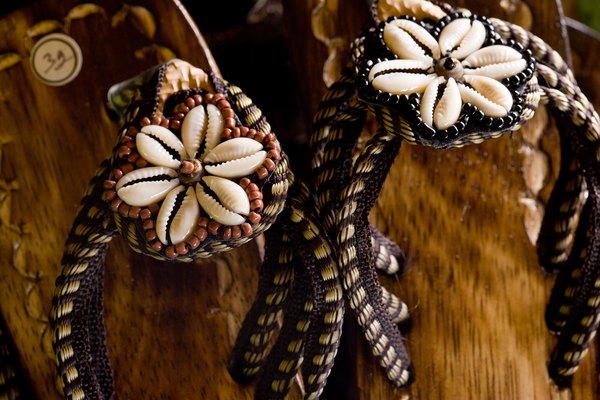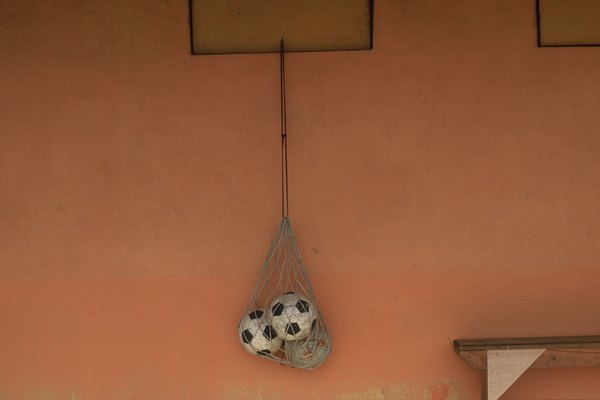The Dominican Republic had more than 9 million people in July 2010, according to the CIA World Factbook. The Dominican Republic, which shares the island of Hispaniola in the Caribbean with the nation of Haiti, once served as a Spanish colony. Spanish is the primary language.
Major Cities
Santo Domingo, a major port city, serves as the capital city of the Dominican Republic. The city features attractions such as a national aquarium, modern art and natural history museums, palaces, a 16th-century cathedral and an early 16th-century fortress. Santiago, an industrial and trade center, is home to a tobacco museum, plantations, an avenue with local shops and a forklore museum.
Economy
Many people in the Dominican Republic work as sugar, tobacco or coffee farmers. A number of others work in the tourism industry at hotels, restaurants, stores or other popular destinations.
Education
A majority of the children in the Dominican Republic attend free primary and secondary schools, especially in larger cities. About 87 percent of the population in the Dominican Republic is able to read and write, according to the CIA World Factbook.
The Arts
Music, literature and artwork in the Dominican Republic has been influenced largely by the African and Hispanic cultures. Merengue, a popular style of music and dance in the country, is a mixture of African and Hispanic traditions.
Sports
The most popular sport in the Dominican Republic, which younger and older people play, is baseball. Current and past professional major league players from the Dominican Republic include Vladimir Guerrero, Sammy Sosa and Pedro Martinez. Soccer also is a popular sport.
References
Photo Credits
- tropical resort image by brelsbil from Fotolia.com









